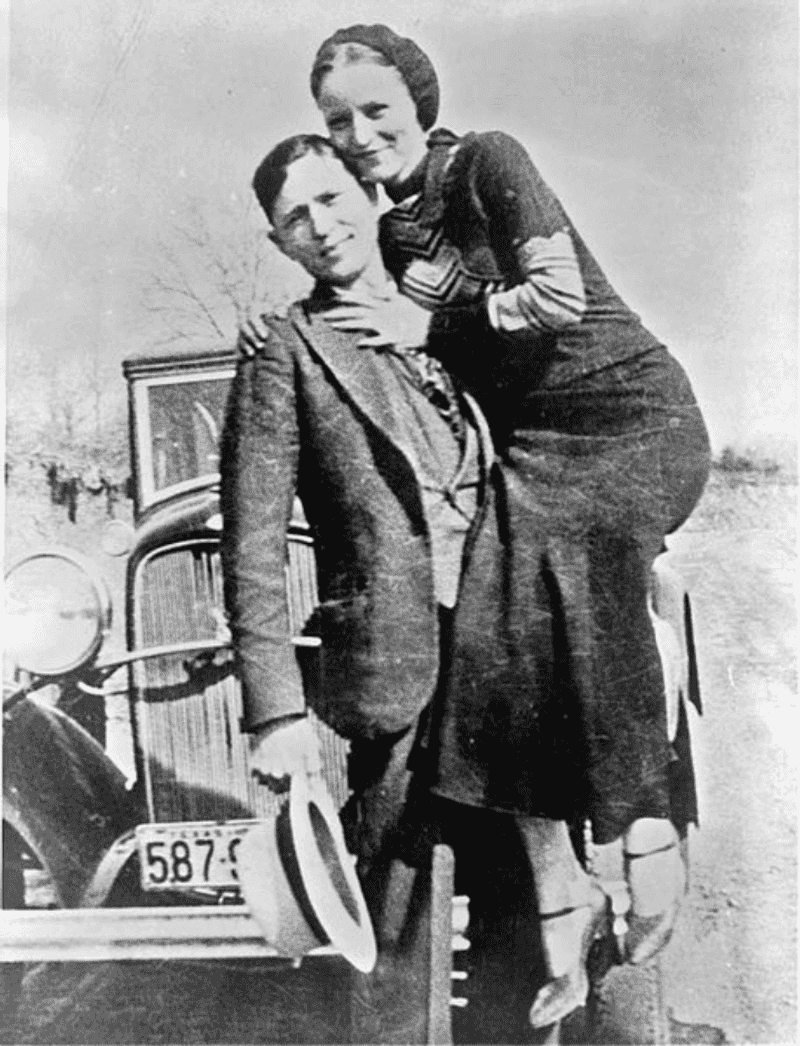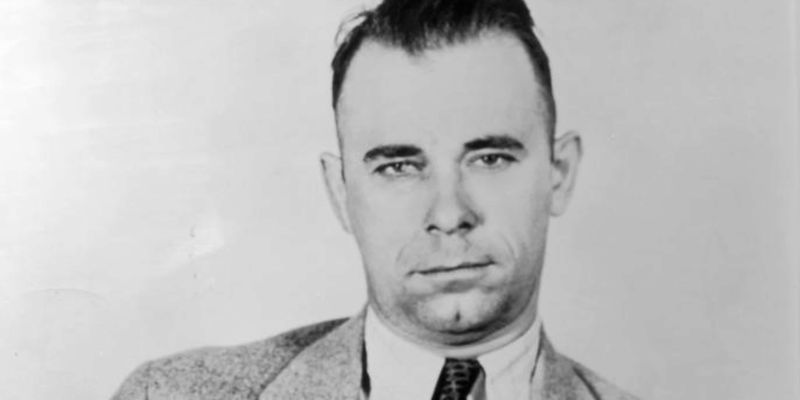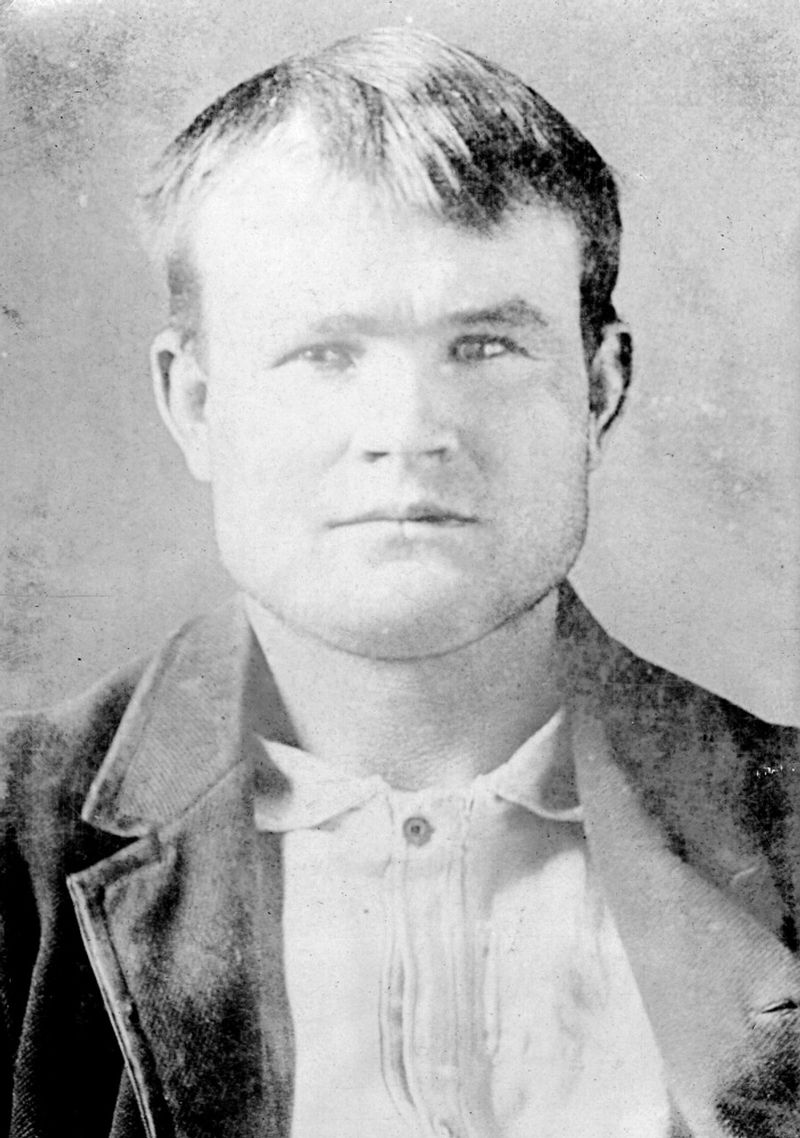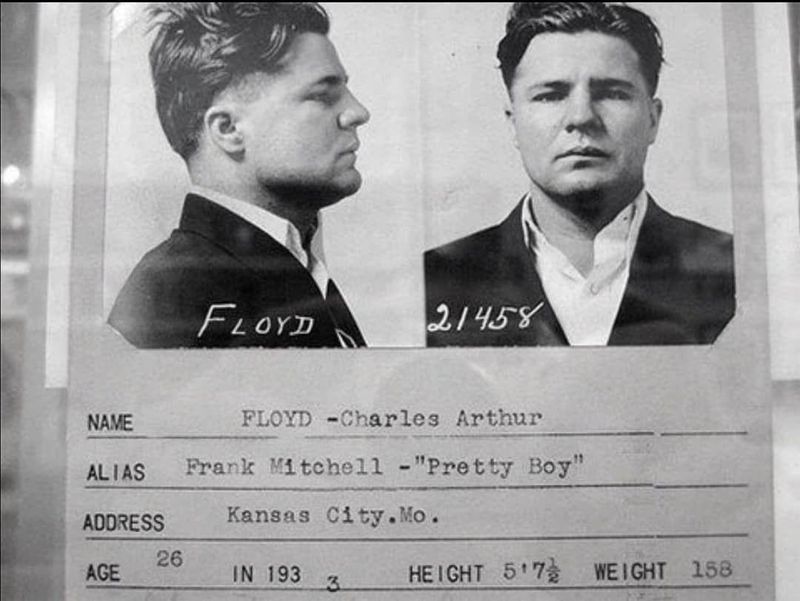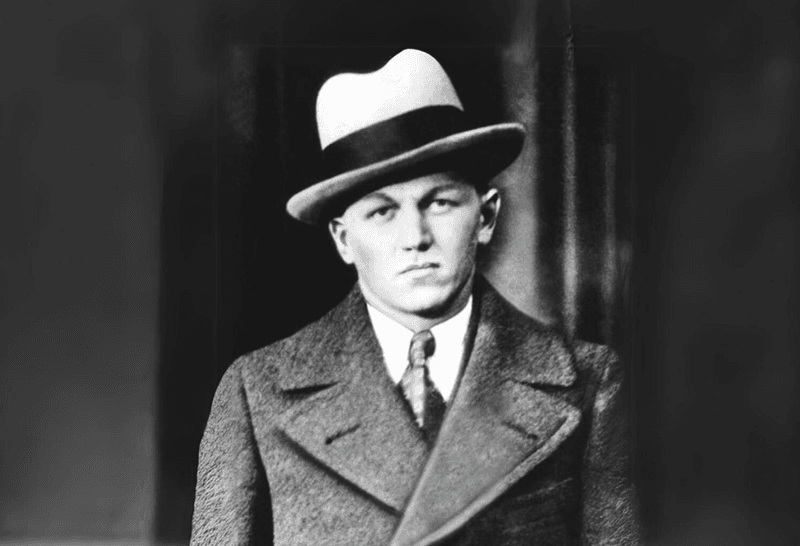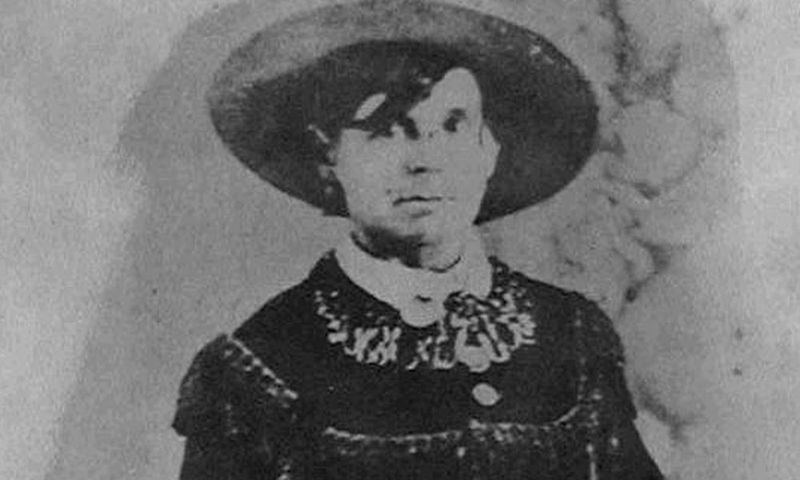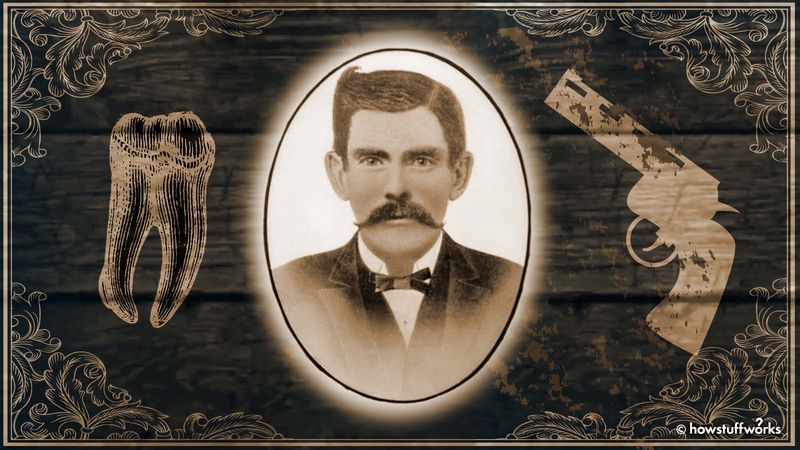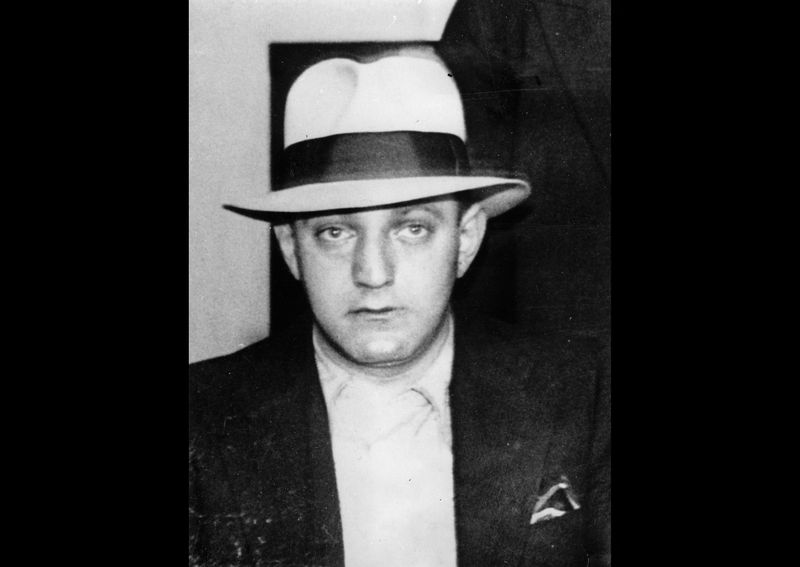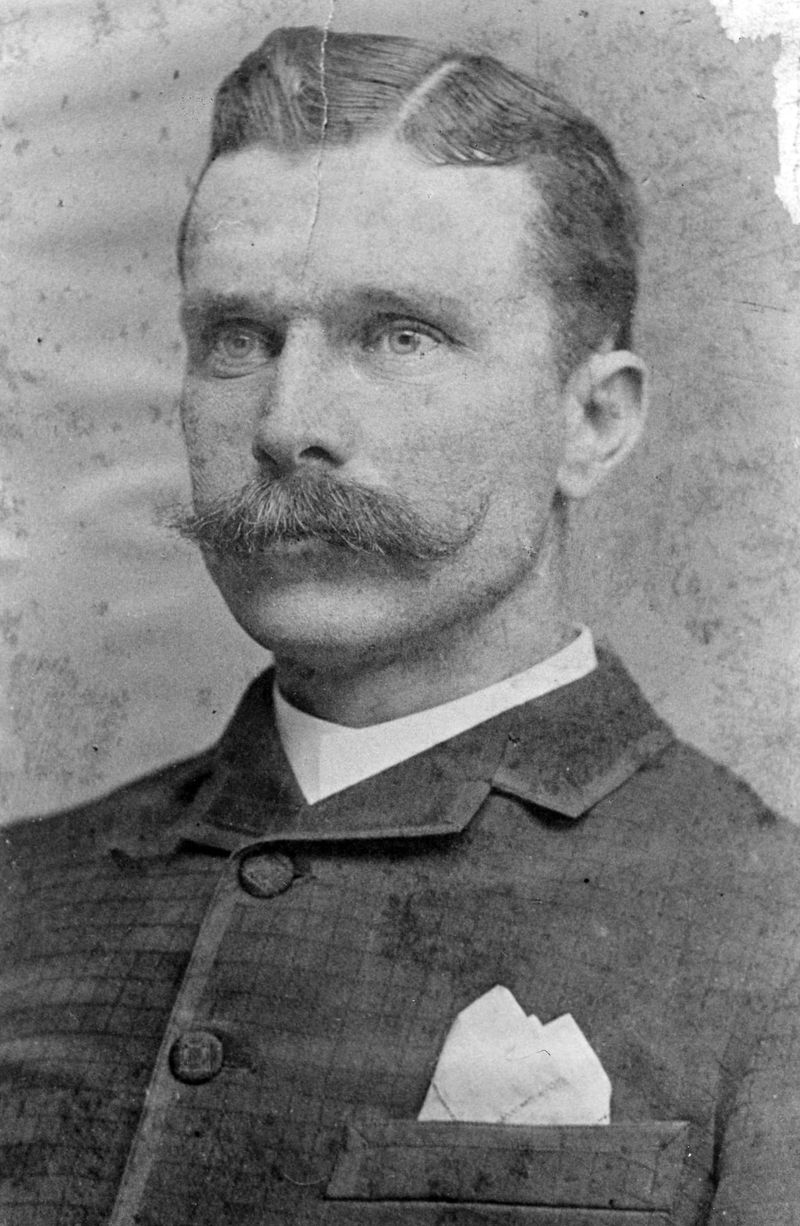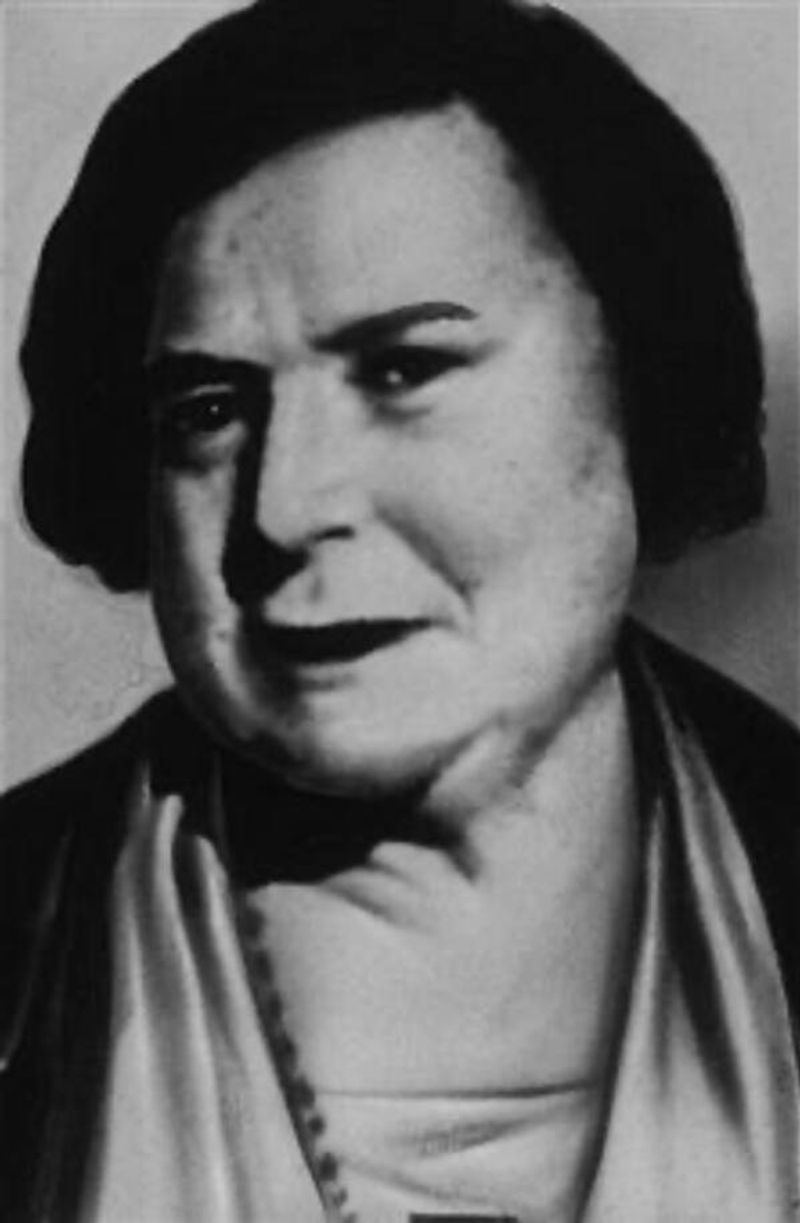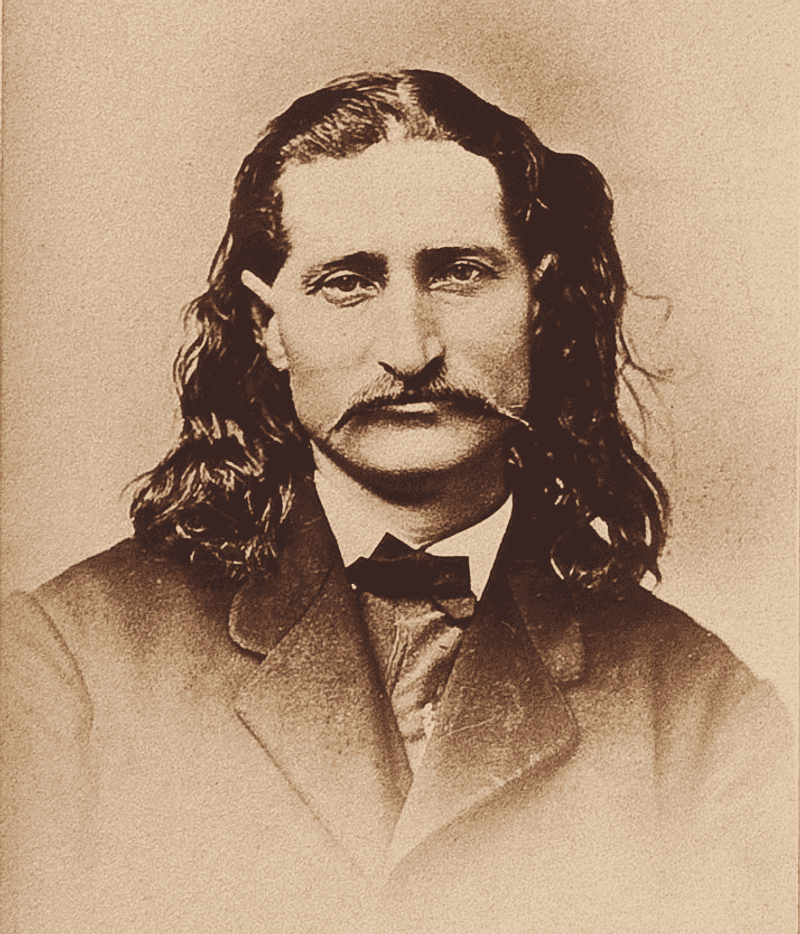Explore the lives of 15 infamous American outlaws whose exploits have become legendary. These figures, known for their audacious crimes and larger-than-life personalities, left indelible marks on history.
1. Jesse James (1847–1882)
Jesse James was not just a bank and train robber; he was a symbol of the rebellious spirit of the Old West. Known for his role as a Confederate guerrilla, Jesse led the James-Younger gang in daring heists. One notable achievement was orchestrating the first successful daylight bank robbery in peacetime. James’s life was a turbulent mix of crime and notoriety. Ultimately, his story ended in betrayal, as he was shot by a gang member eager for reward money. Yet, his legacy as an outlaw remains unmatched, capturing the public’s imagination for generations.
2. Billy the Kid (1859–1881)
Billy the Kid’s life was defined by relentless violence and youthful audacity. As a gunslinger and cattle rustler during the Lincoln County War, he was an infamous figure by his early twenties. Known for his remarkable ability to escape custody, he claimed the lives of at least eight men before reaching the age of 21. His life was abruptly cut short by Sheriff Pat Garrett, who shot him dead. Billy’s legacy endures as a symbol of the Wild West’s lawlessness, reminding us of a time when youth and rebellion were inextricably linked.
3. Bonnie Parker & Clyde Barrow (Bonnie & Clyde) (1910–1934, 1909–1934)
Bonnie Parker and Clyde Barrow were the epitome of Depression-era desperation turned into infamy. Their crime spree across the Midwest was marked by a mix of daring robberies and ruthless violence. Despite their criminal activities, they became folk heroes to some, symbolizing rebellion against authority. Their life on the run ended abruptly in a police ambush, where they were both killed. Bonnie and Clyde’s story is a testament to the allure of romanticized crime, serving as a cautionary tale about the price of notoriety.
4. John Dillinger (1903–1934)
John Dillinger’s charm and audacity made him a legendary bank robber during the Great Depression. Known for his charisma and cunning escapes from jail, Dillinger became a media sensation. His most infamous escapade involved the “Little Bohemia” shootout, showcasing his daring nature. However, his life as a fugitive was cut short when a betrayal led to his death by FBI agents. The “Lady in Red” famously gave him away, leading to his demise. Dillinger’s life story reflects the allure and eventual downfall of a notorious outlaw.
5. Al Capone (1899–1947)
Al Capone, often referred to as “Scarface,” was Chicago’s most infamous crime boss during the Prohibition era. He masterminded a sprawling crime syndicate responsible for numerous illegal activities, including the notorious St. Valentine’s Day Massacre. Capone’s violent reign eventually ended when he was convicted of tax evasion, a lesser crime than those he orchestrated. He spent his final years in prison, suffering from syphilis, which led to his demise. Capone’s legacy as a ruthless mobster endures, symbolizing the criminal underworld’s reach during Prohibition.
6. Butch Cassidy (1866–1908?)
Butch Cassidy, leader of the infamous Wild Bunch gang, was known for his charisma and gentlemanly demeanor. His life of crime involved a series of audacious train and bank robberies across the American West. Despite his criminal activities, Cassidy’s charm made him a popular figure. The details of his fate remain debated, with some believing he was killed in a shootout in Bolivia. Cassidy’s story continues to intrigue, embodying the romanticized image of the outlaw in the Wild West, where legend often blurs with reality.
7. Pretty Boy Floyd (1904–1934)
Pretty Boy Floyd was a bank robber who attained folk hero status during the Great Depression. Known for destroying mortgage records, he was both feared and admired. His criminal career ended in a dramatic FBI ambush, securing his place in outlaw history. Floyd’s life was marked by his defiance against authority and his attempts to protect the common people. Ultimately, he was shot dead by federal agents in Ohio. Floyd’s story is one of contradiction, highlighting the complex nature of crime and desperation during tough economic times.
8. Machine Gun Kelly (1895–1954)
Machine Gun Kelly, known for his Tommy gun, was a notorious bootlegger and kidnapper during Prohibition. His most infamous crime involved the kidnapping of oil tycoon Charles Urschel, a bold move that captured public attention. Kelly’s criminal activities eventually led to his capture and imprisonment in Alcatraz, where he spent his final years. Despite his violent reputation, Kelly’s life had moments of unexpected vulnerability. His story is a reminder of the turbulent Prohibition era, where crime and ambition often collided in spectacular fashion.
9. Baby Face Nelson (1908–1934)
Baby Face Nelson, despite his youthful appearance, was one of the most ruthless bank robbers of his time. His association with the Dillinger gang only added to his notoriety. Known for his violent confrontations with law enforcement, he killed more FBI agents than any other criminal. Nelson’s life was a constant battle against the law, leading to his death in a shootout with the FBI. His story is a chilling reminder of the violent crime wave that swept America during the early 20th century, highlighting the darker side of the outlaw life.
10. Belle Starr (1848–1889)
Belle Starr, often called the “Bandit Queen,” was a notorious figure in the Wild West. Her life was a tapestry of rebellion and crime, marked by horse theft and harboring outlaws. Starr’s flamboyant personality and bold exploits made her a legend in her own time. Despite her criminal activities, she maintained a sense of style and charisma that captivated the public. Starr’s life ended in mystery, murdered in an unsolved ambush. Her story remains a testament to the mythic allure of the Wild West, where danger and intrigue often walked hand in hand.
11. Doc Holliday (1851–1887)
Doc Holliday, a gambler and gunslinger, was both feared and admired in the Wild West. His friendship with Wyatt Earp led him to the famous Gunfight at the O.K. Corral, sealing his place in history. Known for his sharp wit and deadly aim, Holliday was a complex figure. Despite his reputation as a killer, he was also a trained dentist. Holliday’s life was cut short by tuberculosis, adding a tragic note to his legend. His story embodies the dual nature of the Wild West, where civilization and chaos were never far apart.
12. Dutch Schultz (1902–1935)
Dutch Schultz was a notorious bootlegger and numbers racket kingpin during Prohibition. His criminal empire was marked by its ruthlessness and cunning. Despite surviving multiple assassination attempts, Schultz’s reign ended when a hit was ordered by Lucky Luciano. His life was a constant struggle for power and survival in the criminal underworld. Schultz’s story is a testament to the volatile nature of organized crime during Prohibition, where ambition often led to an early grave. His legacy remains a chilling reminder of the cost of living outside the law.
13. Sam Bass (1851–1878)
Sam Bass, known as “Texas’ Beloved Bandit,” was a train robber whose charm and audacity captivated the public. He became famous for his massive heist of a Union Pacific gold train, showcasing his boldness and cunning. However, his life of crime caught up with him when he was betrayed by a friend seeking reward money. Bass’s story is one of both admiration and caution, reflecting the turbulent times of the American frontier. His legacy endures in Texas folklore, symbolizing the thin line between hero and outlaw in the Wild West.
14. Ma Barker (1873–1935)
Ma Barker, matriarch of the infamous Barker-Karpis gang, was a figure of both nurturing and criminal enterprise. Her life was marked by orchestrating kidnappings and robberies, guiding her sons into the underworld. Despite her maternal role, Barker was ruthless in her pursuit of crime. Her life ended in a fiery FBI shootout, cementing her place in outlaw history. Barker’s story challenges the traditional notions of motherhood, showing how familial bonds can twist into a life of crime. Her legacy remains a dramatic chapter in America’s criminal past.
15. Wild Bill Hickok (1837–1876)
Wild Bill Hickok was a legendary gunslinger and lawman who later became a gambler. His life was a whirlwind of adventure and danger, marked by his prowess with a gun. Hickok’s story ended in infamy when he was killed during a poker game, holding what became known as the “Dead Man’s Hand.” Despite his death, Hickok’s legacy as a larger-than-life figure endures. His name is synonymous with the Wild West, where fate could turn on a card. Hickok’s life and death embody the unpredictable nature of frontier existence.



